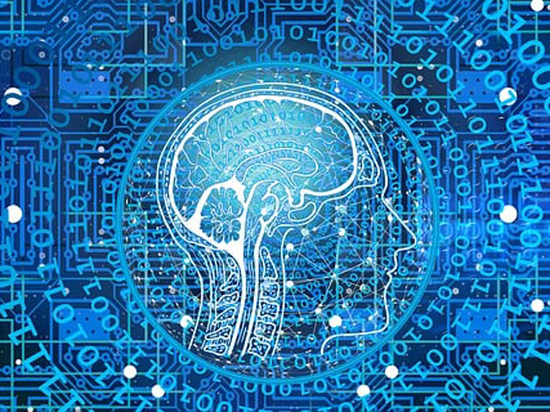Scientists have found that every inhabitant of the planet perceives an image or an event in a purely individual way
Research by neurologists at the Medical College of Wisconsin (USA) allows science to come close to deciphering the «code of the mind.» American scientists have taken another step towards understanding that all people think «neurally», based on emotional memories.

A fundamental aspect of human cognition is our ability to identify individual objects or events in accordance with their groups: for example, «spoon» — dishes, «cat» — an animal, «vacation» — one of the types of activity.
Scientists decided to find out how these images are understood by our brain. To do this, they used functional magnetic resonance imaging (MRI), which analyzed hundreds of patterns (schemes of brain activity) when a person realized this or that image.
The results of the study showed that the meaning of a word or object is “packed” into brain in the form of a scheme of neural activity that encodes sensorimotor, that is, motor, as well as emotional information about the object of perception.
In other words, in order to realize that we have a table or a dog in front of us, the brain starts two processes at once: the emotional memory of this object and the memory of sensory sensations and motor reactions associated with this object or event.
In my work American scientists note that earlier their colleagues were aware of the emotional component of our mind. In particular, Konstantin Anokhin, Academician of the Russian Academy of Sciences, Director of the Institute for Advanced Brain Research at Moscow State University named after M.V. Lomonosov, spoke about it, explaining his concept of the nature of consciousness.
The scientist was one of the first to try to eliminate the existing gap between the purely physiological state of the brain and our psyche. In particular, it was he who first introduced the concept of «cognite» — an individual «clot» of the memory of each individual person, which combined these two components of our consciousness. According to him, in order to forever remember some image, object, our brain really needs vivid emotions, which then form a neural hypernetwork. Moreover, the same images in it can be “read” by the brain in different ways: for one, the same “dog” will evoke, first of all, pleasant memories, for another, the emotions associated with the dog will be negative.
Researchers from The Medical College of Wisconsin made an emphasis in their work on adding a sensorimotor component to the emotional component of the image. Recall that while the theory of the mechanism of the human mind is still being developed and improved. If scientists still manage to finally decipher the «code of the mind», this will allow them to make a giant leap in cognitive science.

